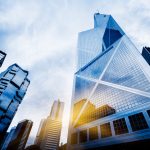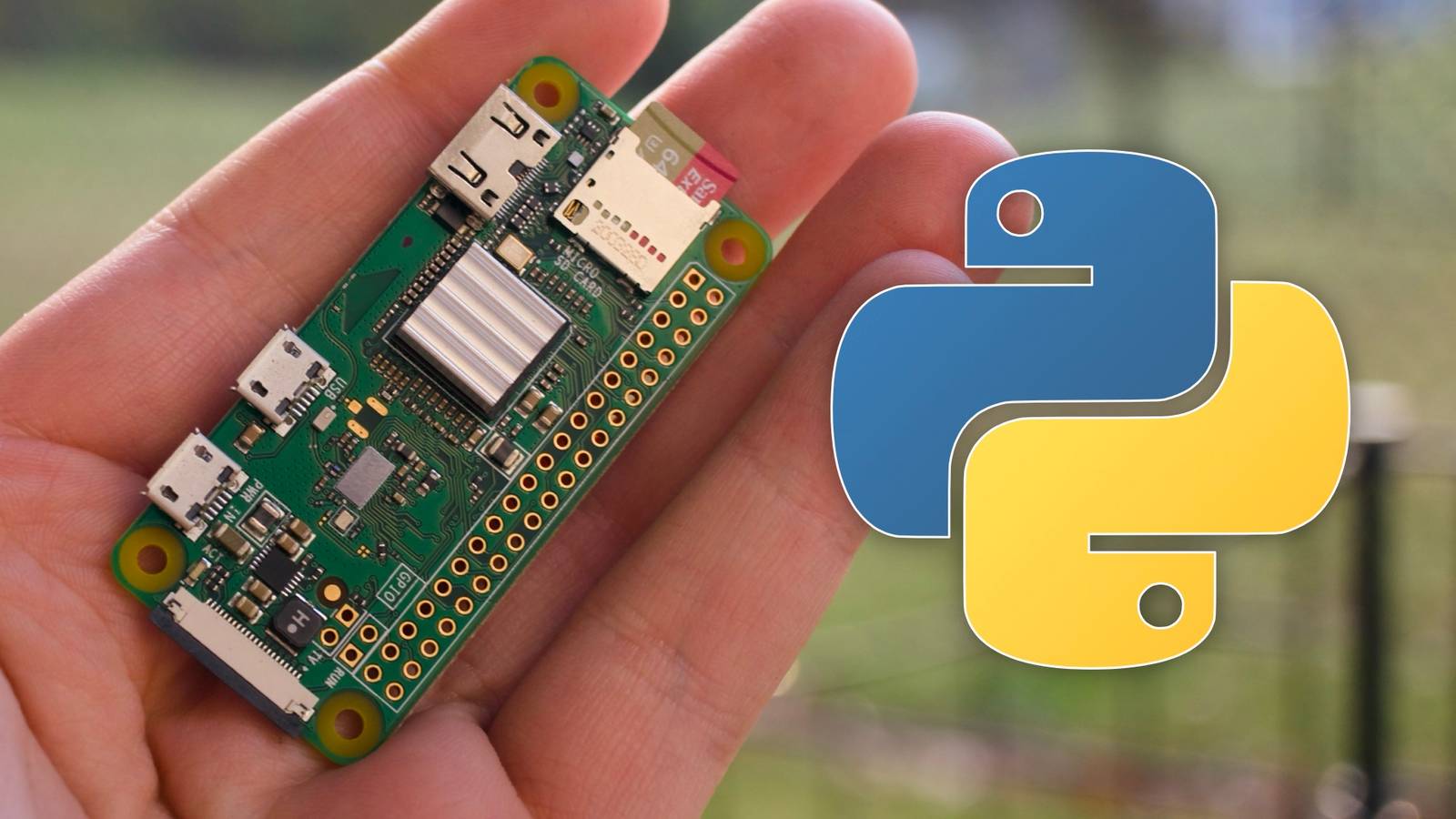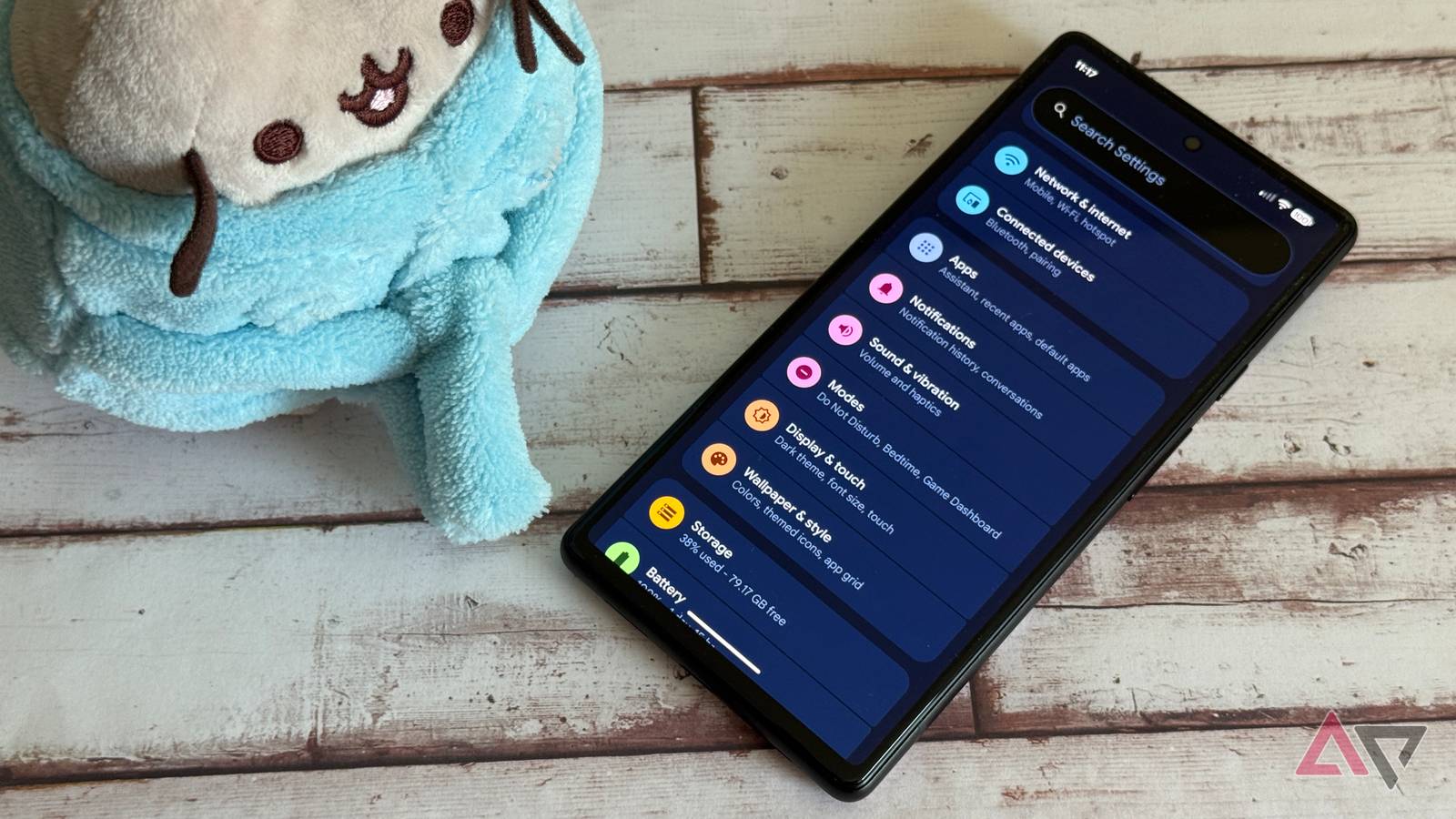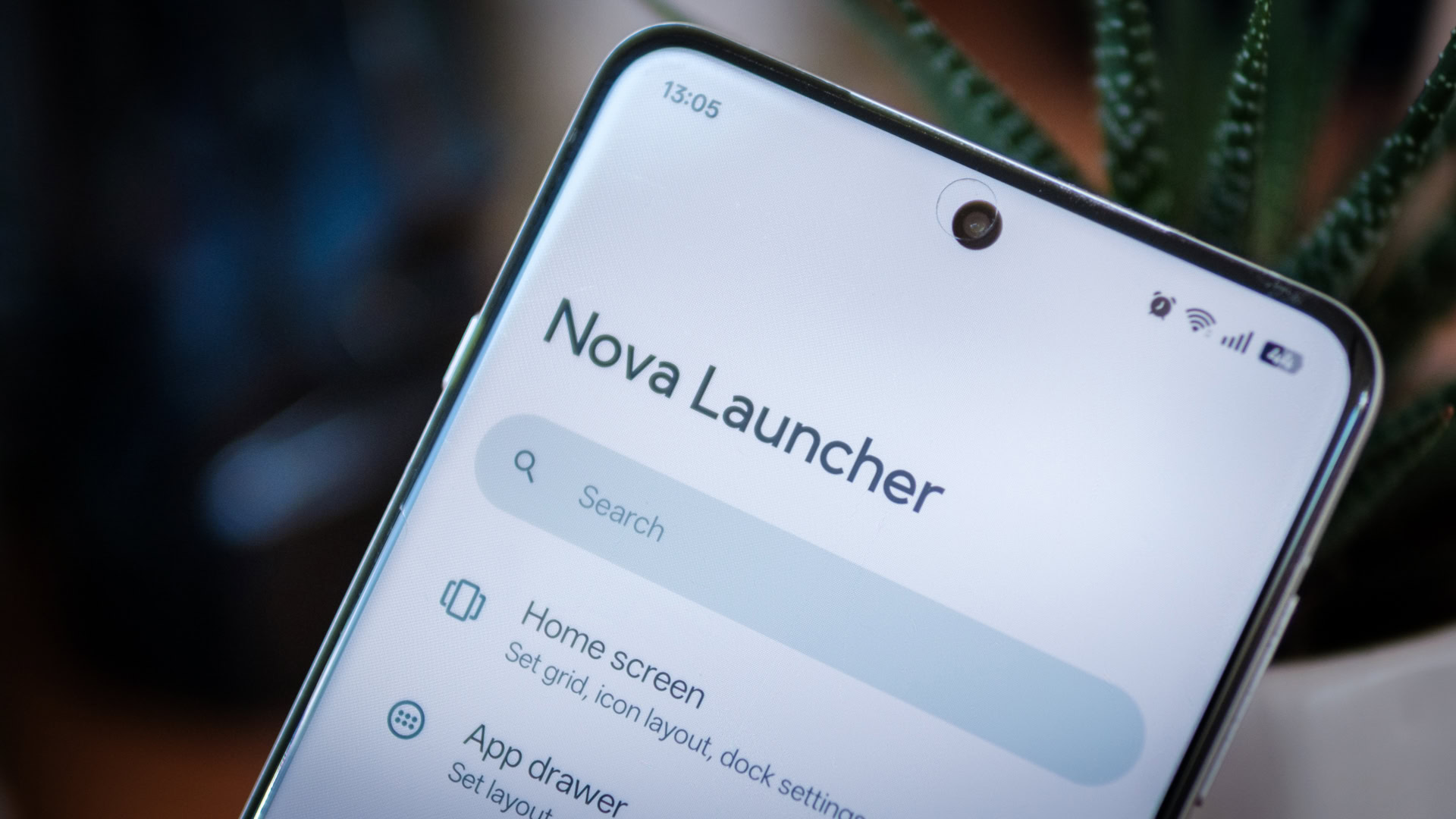The latest version of Google’s Android Canary, version 2510 to be precise, is coming to Pixel 6 and beyond with some small but significant interface improvements. Testers also saw revamped flashlight brightness control, new flexibility for three-button navigation, and hints for smarter always-on display behavior, all in version ZP11.250926.010.
What’s new in Android Canary 2510 for Pixel devices
It doesn’t publish formal changelogs for Canary releases, but you can get a pretty good idea of what’s new from community testing and public issue tracking. This release will be wide enough for the Pixel 6 and beyond, and it’s available at launch for the entire family of phones named as part of the Pixel 10, including the new foldable flagship.
Like all versions of Canary, some features are operational, while others are only accessible via flags. You can expect unfinished UI elements and buggy behavior, which will likely be refined before the feature becomes beta or stable, as Google uses this branch to prototype ideas.
Flashlight brightness has clearer controls
Virgin’s test versions came with a small torch intensity slider; 2510 gives the control itself, still arguably tiny but at least deliberately cramped and contrasty (with concentrated content and torch spacing) to be analyzed at a glance. It’s a small design change, but it solves a real problem: the old toggle-or-nothing system tended to force regular users to open the camera or third-party tools just to avoid projector brightness levels in a dark room.
Multi-stage torch levels have been available for a while now from OEM skins (like One UI or HyperOS) (a discussion for another day) directly in the Quick Settings panel. Implementing a more polished version in Core Android will help fill the feature gap and provide a consistent experience across apps that enable the device torch using standard APIs. Expect the slider to respect the hardware limitations of each device; some phones offer finer steps depending on the LED driver.
Three-button navigation finally changes place
Gesture navigation may be the default, but millions of people never venture to use the good old three buttons for muscle memory and accessibility. Canary 2510 offers a simple and long-requested option: you can reverse the order of the Back, Home, and Recents buttons. Users accustomed to Galaxy phones, in which Back resides on the right, can now get this layout without any third-party mods.
The toggle exists in the system navigation settings, affecting the system globally so that applications automatically inherit the new positions. This is a good idea and I think it makes migration between OEMs easier: reducing relearning friction is good for retention and reduces accidental presses, especially among left-handed people or those using large screens one-handed.
Tips for a smarter, energy-aware always-on display
For example, buried flags suggest a new “Turn off display when idle” setting for Always On Display (AOD). It’s not enabled by default in this build, but the implication is clear: let the phone go completely dark if it feels no touch for a longer period of time, likely waking up AOD once you move or receive a notification.
This could mean measurable energy savings. For AOD draw, this typically varies between 0.5-1% battery per hour, depending on technology and panel content (typical per OEM guidelines). Letting AOD go to sleep when it doesn’t do anyone any good (e.g. sitting at a desk overnight) can reduce those percentage points the next morning, but without giving up visible information during that precious fraction of battery life. Given Google’s previous work on adaptive battery and ambient sensing, it should be context-aware rather than a simple timer.
Availability for Canary 2510 and how to try it
Android Canary 2510 is aimed at the Pixel 6 and beyond, including next year’s Pixel 10. As with pre-release software releases in general, you will likely encounter bugs and visual artifacts, and some features may be removed or changed before a stable deployment. These days, Google’s public issue tracker and the Android Open Source Gerrit Project remain the most reliable places to monitor for confirmed changes or fixes.
And if you depend on your phone for work, consider running Canary on a second device. Make sure the build number you are looking for is ZP11.250926.010, and some new features may require developer flags or a settings database switch, which is not yet exposed in the standard UI.
Why These Small Android Canary 2510 Tweaks Matter
None of these improvements will headline the main slides, but they all combine to deliver a more polished and respectful Android experience. The flashlight user interface has been made clearer to reduce friction during daily operations. Flexible navigation order improves accessibility and makes it easy to change brands. And smarter AOD management is symptomatic of a growing awareness of the need for smart energy management, rather than universal toggles.
For developers, the kind of platform-level refinement we’re seeing here is a signal: UI capabilities are stabilizing, which means it’s becoming safer to invest in experiences that rely on consistent system behavior across devices. For end users, this is the type of progress you can feel in everything you do, even if you don’t notice it immediately.










